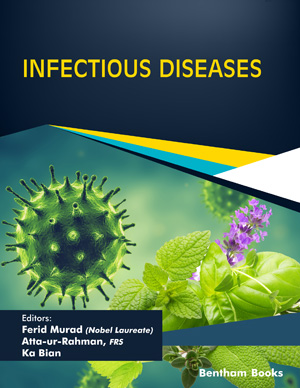
Abstract
The genus Anabasis has long been used in phytomedicine. The studied parts of Anabasis species are used as antirheumatic, diuretic, antidotes against poison, anti-erosion, anti-ulcer, and antidiabetic agents, as well as against headache and skin diseases. The objective of the present review was to summarize the phytochemical and pharmacological aspects related to the genus Anabasis. The results of this literature analysis show that among all the species of the Anabasis (A) family, A. aphylla, A. Iranica, A. aretioides, and A. articulata showed antibacterial activity; A. aretioides and A. articulata have antioxidant activity, A. aretioides and A. articulata have antidiabetic activity, A. articulata has cytotoxic activity and A. setifera, A. aretioides, and A. articulata exhibit anti-inflammatory activity. The Anabasis genus contains saponins, and alkaloids, such as anabasine, anabasamine, lupinine, jaxartinine, and triterpenic sapogenins. The study of 15 Anabasis plants has identified 70 compounds with an array of pharmacological activities especially antibacterial, antioxidant, antidiabetic, cytotoxic, and anti-inflammatory activities. However, there is a need for further studies on Anabasis plants before they can be fully used clinically as a potential drug.
















